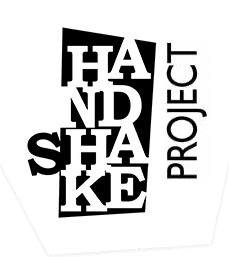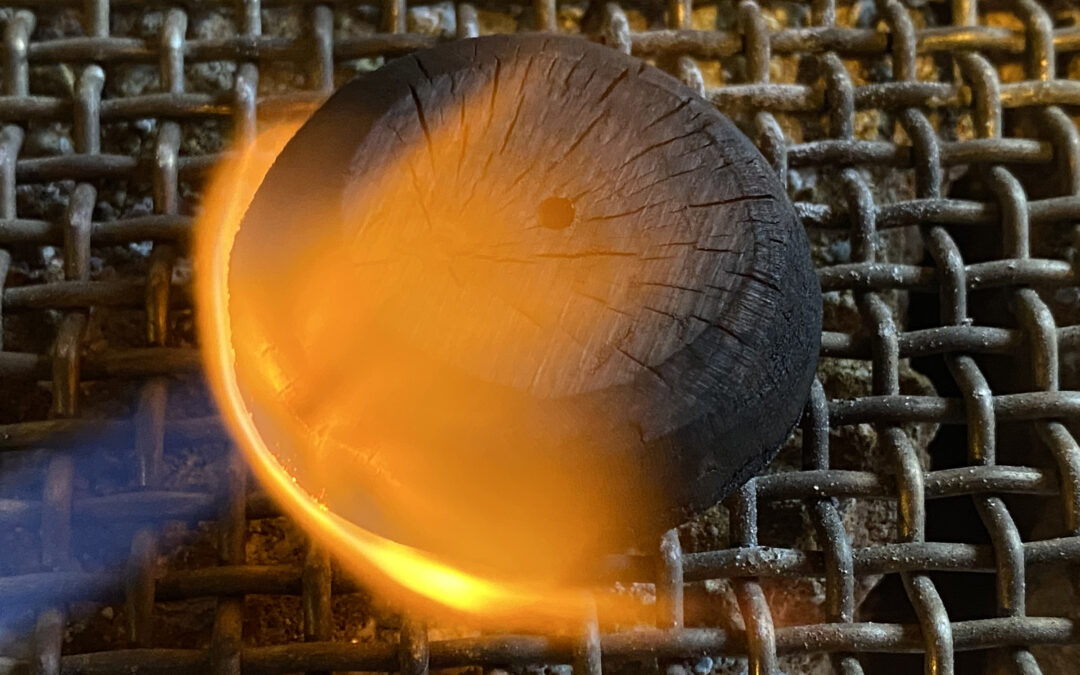At the last catch up that I had with my mentor, Neke Moa, she gave me an exercise to help expand my material knowledge. For this exercise I focused on pōhutukawa timber. I had briefly introduced myself to the material with my previous hand carved timber form studies. For this part of the exercise I was to formally introduce myself to the material. This exercise came at the perfect time. I was having a blast playing with forms studies, I felt a little directionless.
The first part of the exercises was to experiment with different surface finishes on the pōhutukawa timber. For the explorations I used slices of a branch I came upon on a walk. This meant all the explorations were vaguely the same size and shape. I began by shaping the branch slices into disc forms. I wanted to utilise as much surface area of the form, and to be honest I wanted the pieces to look a bit more interesting. I drilled a hole in the centre (a term I use very loosely here) of the disc mainly because I am a jeweller and I like to put things on strings. An added bonus in having the wearable experiments is that in the future I am able to test the durability of the surface treatments.
Below is an image of the experiments that I undertook on the respective discs, these included: sanding and oiling; sanding and finishing with furniture wax; hand carved surface; burning to a charcoal surface; stained with a homemade solution at two different strengths. In some of the pieces I also played with high gloss red painted details. In the image I left one disc raw and untouched to be able to compare and contrast with the other finishes.
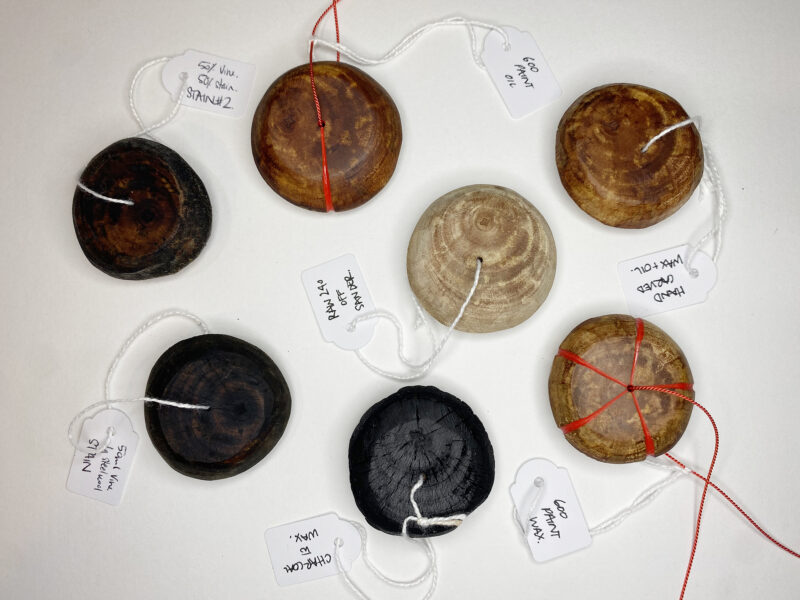

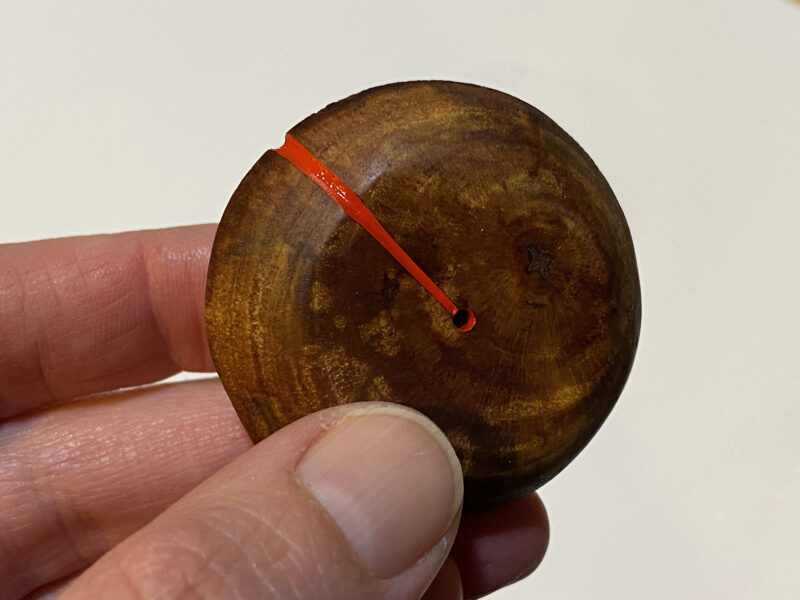
From my exploration I made many discoveries, some included: the incredible colour depth of the pōhutukawa timber when it is oiled; The wax allows light to pick up the details in the surface texture, however, the wax alone does not achieve the deep colour with in the timber; The charcoal finish was able to be stabilised with the wax (t stopped marking anything it touched, including me); The stain used darkens the timber while retaining if grain pattern, in both experiments the stained timber was oiled.
With the homemade timber stain there was so much to explore. I had an incredible amount of fun playing with the solution I created from steel wool and vinegar. As soon as I coated the timber the darkening reaction began. In my research the solution reacts with the tannins in the timber, the more the tannins the darker the surface. Each species of timber will have a different and unique reaction to the solution. Usually the stain develops over several days, but with pōhutukawa the solution reacted with the tannins in the timber immediately. The pōhutukawa became beautifully dark. The grain and pattern became a lot more subtle. I decided to dilute the solution with more vinegar to see what would happen. Unsurprisingly, the diluted solution created a lighter stain on the timber, and the reaction happened just as quickly.
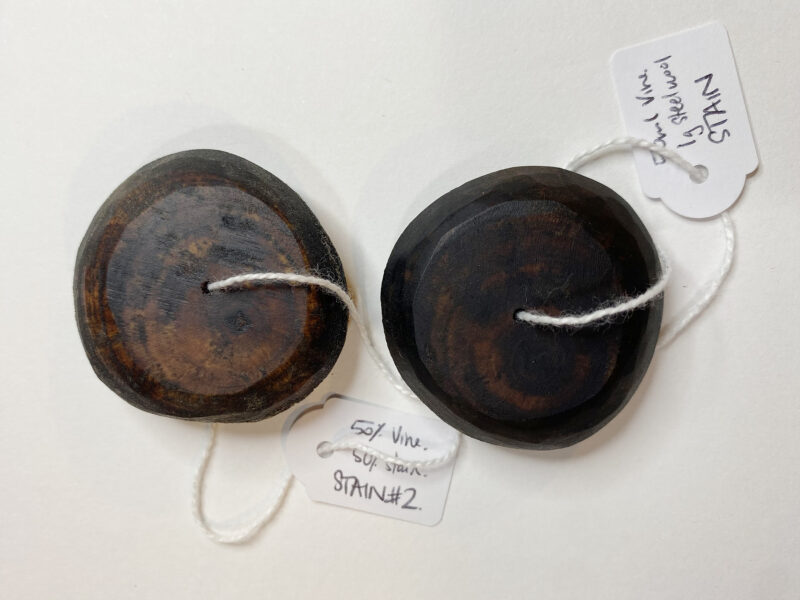
All the different surface finish play has taught me a lot about pōhutukawa as a material. The experiments also allowed me to play with some of the finishes I look forward to utilising for other objects I have been working on. I can already see which finishes could possibly be used where. This exercise reminded me how much can be learnt taking the time to explore a material’s physical attributes.
This was only the first part of the exercises. Watch this space for the second half…
